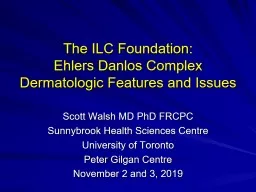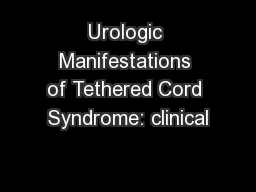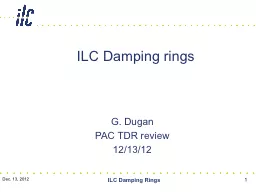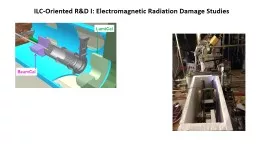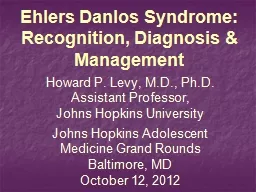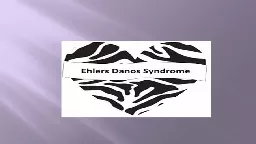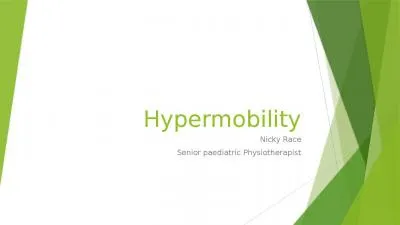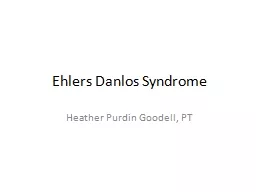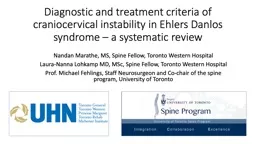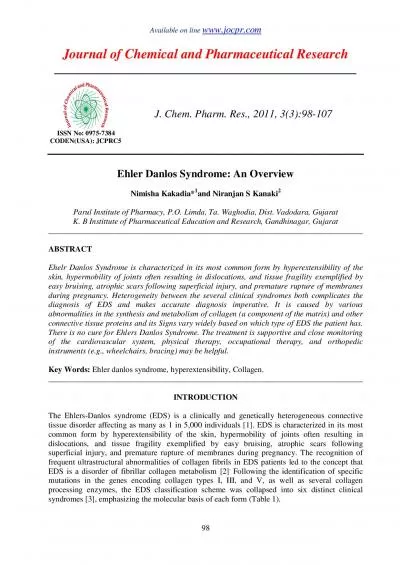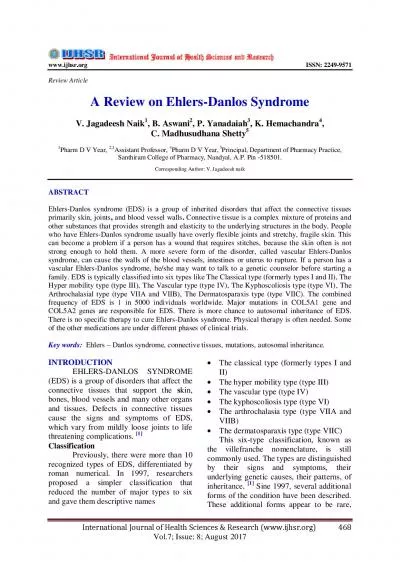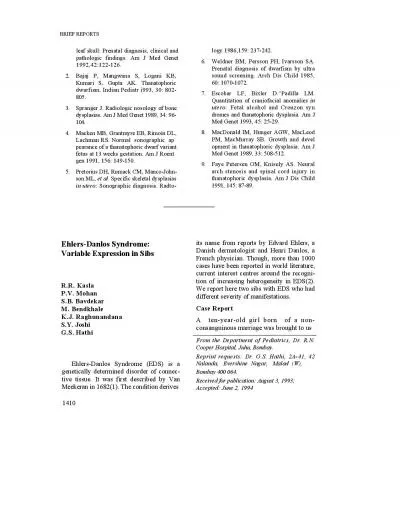PPT-The ILC Foundation: Ehlers Danlos Complex
Author : sialoquentburberry | Published Date : 2020-08-27
Dermatologic Features and Issues Scott Walsh MD PhD FRCPC Sunnybrook Health Sciences Centre University of Toronto Peter Gilgan Centre November 2 and 3 2019 Disclosures
Presentation Embed Code
Download Presentation
Download Presentation The PPT/PDF document "The ILC Foundation: Ehlers Danlos Comple..." is the property of its rightful owner. Permission is granted to download and print the materials on this website for personal, non-commercial use only, and to display it on your personal computer provided you do not modify the materials and that you retain all copyright notices contained in the materials. By downloading content from our website, you accept the terms of this agreement.
The ILC Foundation: Ehlers Danlos Complex: Transcript
Download Rules Of Document
"The ILC Foundation: Ehlers Danlos Complex"The content belongs to its owner. You may download and print it for personal use, without modification, and keep all copyright notices. By downloading, you agree to these terms.
Related Documents

